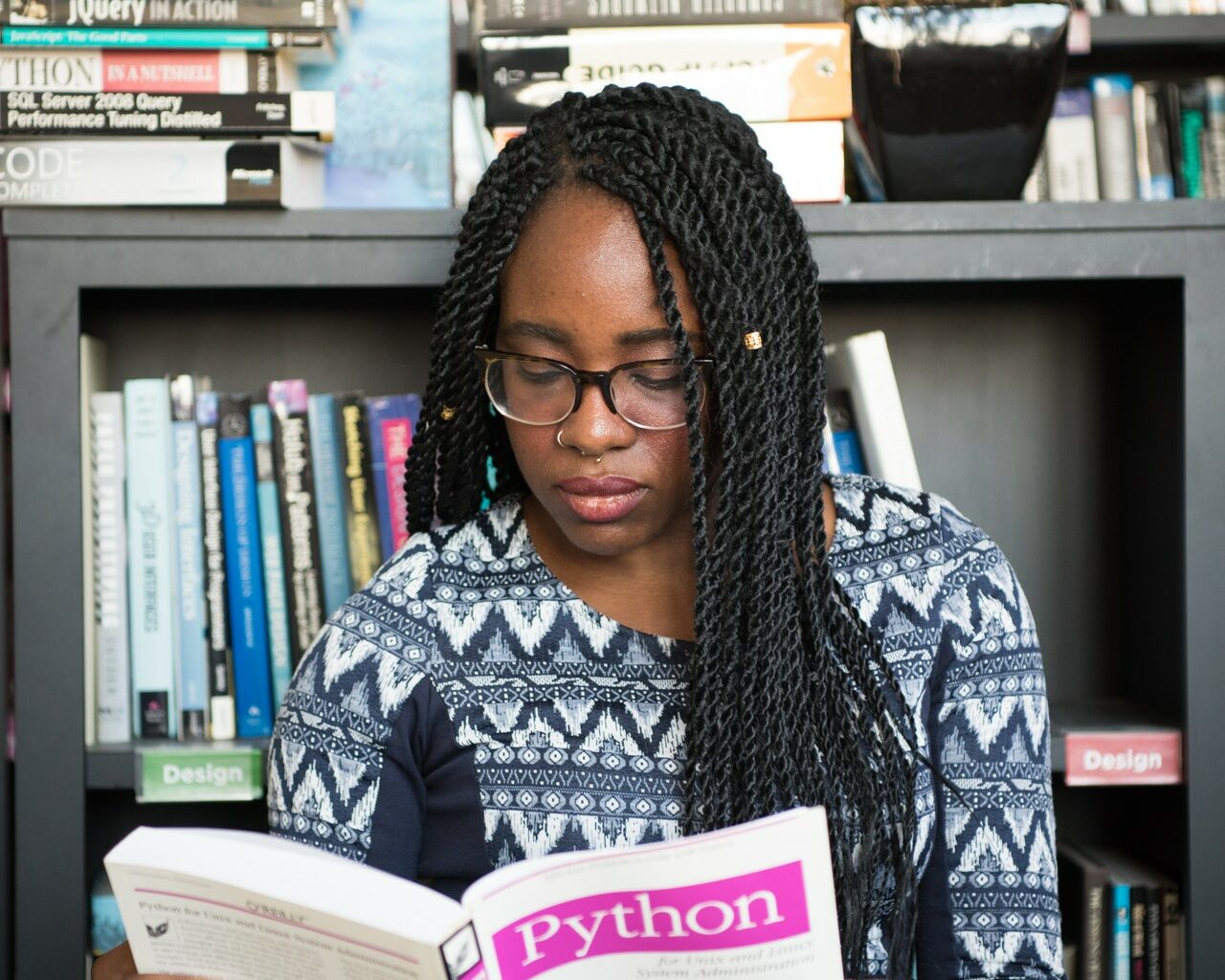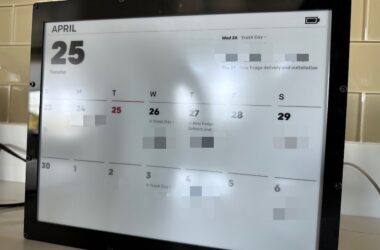Let me romanticize a bit about the physical book.
A couple years ago, there was a surprising survey on the state of books in a world full of screens: physical books are still very much in demand, and folks of all age cohorts are buying them, even those that have grown up—so they’re presumed to be comfortable—with digital devices from an early age. Yes, there’s been a definite shift towards Ebooks on phones and Kindles1, but paper and ink have fared much better than—say, the transition from film cameras to digital cameras.
There are some good reasons that physical books are still popular. Kids books are still easier to read on paper, the flexibility of print along with simple durability and the tactile feeling of holding something in the hand. As a kid, I remember the book fairs that the schools used to run to get their students to buy and read the latest adventures, the fresh new printed paperbacks lining up on metal shelves stacked 4–5 feet tall in the open section of the school library. 30 years later and Scholastic somehow still has a monopoly on the children book fair, though they’ve streamlined it a bunch and learned how to properly guilt parents into participating.
But as an adult, I’m still buying bookshelves to stuff full of books that I’ve accumulated over the years. Some of it is of course sentimental; some of my old textbooks and workbooks remain to remind me of those studies and provide a shot of college nostalgia every time I open them up. There’s a bunch of books I’ve kept from my early years of work, technical manuals and tutorials which are now vastly outdated and superseded by online resources. I even have full-color game guides from the 90s and 2000s—even before GameFAQs was a thing—which I think helped me get through some of those really annoying Final Fantasies with impossible-to-discover secret weapons and bosses and whatnot.
I’ve also found it meaningful to convert digital-native media back into physical tomes. There’s photo books that I print every year of the family, easy coffee table filler that’s also really fun to go through as the collection grows over time. I’ve printed out some of my journal entries from my Day One personal journal into a pocketbook as a snapshot in time. And back when I was active on Quora almost a decade ago, I wrote enough answers to be considered one of their Top Writers one year, and as a gift they sent me a Best of Quora book with a curated selection of “best of” posts from that time.
So physical books, in our current hybrid age of written words appearing in both ink and pixels, embody this additional significance simply by being physically present. They’re a tangible, real representation of an idea or a series of ideas, of a topic or an abstraction or message communicated through the title and cover art. Indeed, I’ve gifted books in the past as a form of communication and feedback, mindful of the impression of personalized recommendation.
It’s like the cliché of reading on the subway: holding a Kindle just signals that you read, but holding a real book lets people know what you’re reading about. Hell, bookshelves are designed to show off collections of book spines and infer intelligence to passers-by; it’s enough of a signal that there’s an entire business built from constructing real bookshelf collections as backdrops for high-profile Zoom meetings.
Books confer an identity and a statement. They invite you to absolutely judge them—and their readers by extension—by their covers.
I’m a Kindle fan myself and prefer reading novels on the device; pretty much all the books I review were read on the Kindle Oasis.↩




